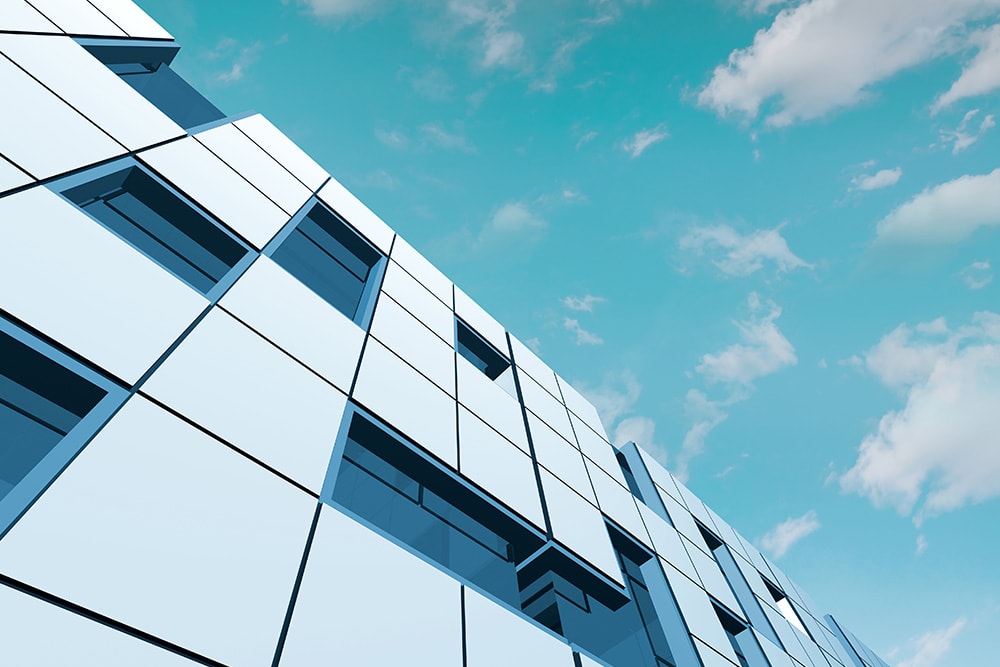Maintaining architectural aluminium interlocking panels for exteriors is crucial for preserving their appearance, functionality, and longevity. These versatile and durable cladding systems require regular care to ensure they continue to protect and enhance building facades for years to come. With proper maintenance, aluminium panels can retain their lustrous finish, structural integrity, and weather resistance, making them a wise long-term investment for any architectural project.
Regular Cleaning
Cleaning is the cornerstone of aluminium panel maintenance. Aim to wash your panels at least twice a year, or more frequently in areas with high pollution or coastal environments. Use a mild detergent mixed with warm water and a soft cloth or sponge to gently remove dirt, dust, and grime. For tougher stains, a non-abrasive cleaner specifically designed for aluminium may be necessary. Avoid using harsh chemicals, acidic solutions, or abrasive materials that could damage the panel’s protective finish.
After cleaning, rinse thoroughly with clean water to remove any soap residue. This step is crucial, as leftover cleaning agents can potentially interact with the aluminium over time. Some building owners opt for professional cleaning services, especially for tall structures or those with complex architectural features.
Inspection Routine
Develop a regular inspection routine to catch potential issues before they escalate. Walk around the building, examining the panels for any signs of damage, loose connections, or wear. Pay special attention to areas around windows, doors, and other openings where water infiltration is more likely. Look for any bulging, warping, or separation between panels, as these could indicate underlying problems.
Don’t forget to inspect less visible areas, such as under eaves or behind vegetation. These spots can harbor moisture and debris, potentially leading to corrosion or other damage if left unchecked. It’s wise to conduct these inspections at least once a year, ideally in spring to address any winter damage.
Sealant Maintenance
Sealants play a crucial role in keeping your aluminium panel system watertight. Over time, these materials can degrade due to UV exposure and temperature fluctuations. Check all sealant joints regularly, looking for signs of cracking, shrinkage, or separation from the panels. If you notice any issues, don’t delay in replacing the sealant.
When reapplying sealant, ensure you use a product that’s compatible with aluminium and suitable for exterior use. Clean and dry the area thoroughly before application, and follow the manufacturer’s instructions carefully. Proper sealant maintenance can prevent water ingress and potential structural damage.
Addressing Scratches and Dents
Despite their durability, aluminium panels can still suffer from occasional scratches or dents. For minor scratches, touch-up paint matching the panel’s color can often do the trick. Be sure to clean the area thoroughly and apply the paint carefully to blend with the surrounding finish.
Deeper scratches or dents may require professional attention. Some specialized repair services can fix damaged panels without needing to replace them entirely. For severe damage, panel replacement might be necessary. Always consult with the original installer or manufacturer before attempting significant repairs.
Vegetation Management
Keep trees, shrubs, and other vegetation trimmed back from the building facade. Overhanging branches can scratch panels during windy conditions, while leaves and organic debris can accumulate in panel joints, potentially trapping moisture. This trapped moisture can lead to staining or, in worst-case scenarios, corrosion of the aluminium.
Additionally, some plants produce acidic secretions that could damage the panel’s finish over time. Maintain a clear zone of at least 12 inches between any vegetation and your aluminium panels to minimize these risks.
Winter Considerations
In colder climates, snow and ice management becomes an important aspect of panel maintenance. Avoid using salt or other de-icing chemicals near aluminium panels, as these can corrode the metal over time. Instead, opt for sand or non-corrosive ice melt products when necessary.
Be cautious when removing snow or ice directly from the panels. Use plastic snow shovels or brooms rather than metal tools that could scratch the surface. If ice dams form, address them promptly to prevent water from backing up under the panels.
Record Keeping
Maintain detailed records of all cleaning, inspections, and maintenance activities performed on your aluminium panel system. This documentation can be invaluable for tracking the building’s maintenance history, planning future upkeep, and even for warranty purposes. Include dates, specific actions taken, products used, and any observations or concerns noted during each maintenance session.
By following these maintenance guidelines, you can ensure your architectural aluminium interlocking panels continue to provide excellent performance and aesthetic appeal for decades to come. Regular care not only preserves the building’s appearance but also protects your investment by extending the lifespan of the cladding system.



